Learn about the parts of a dictionary with this poster and bookmark combo.
Dictionary Skills – Learning About the Parts of a Dictionary
This poster and bookmark pack has been designed to introduce students to the different parts of a dictionary. The poster displays a colorful, easy-to-read dictionary diagram with its main components labeled and described in detail. The bookmark complements the poster and features a condensed version of the diagram and brief definitions of the different dictionary parts. The bookmark is helpful for students to have handy at their desks while practicing their dictionary skills.
The parts included on the poster are:
- guide words
- entry words
- parts of speech
- word forms
- definitions
- syllabification.
Download and Print
Use the drop-down menu to choose between the full-colour, black-and-white PDF versions or the editable Google slide versions.

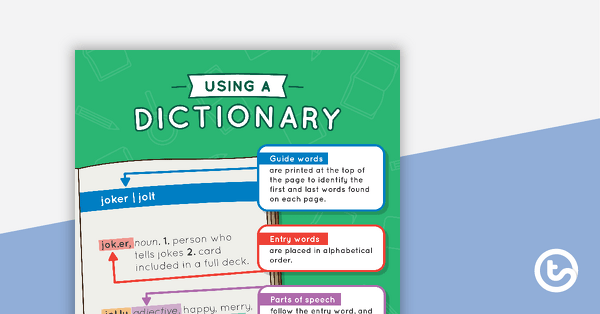


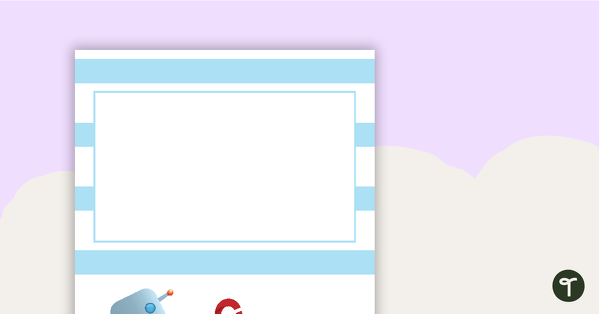


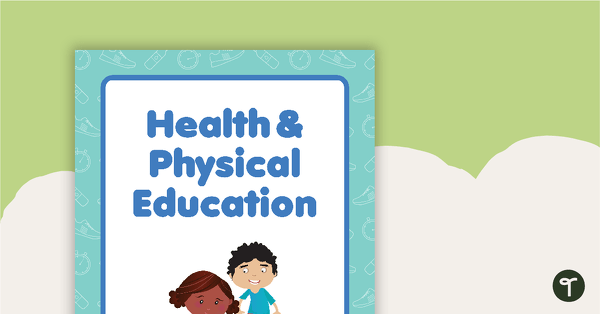

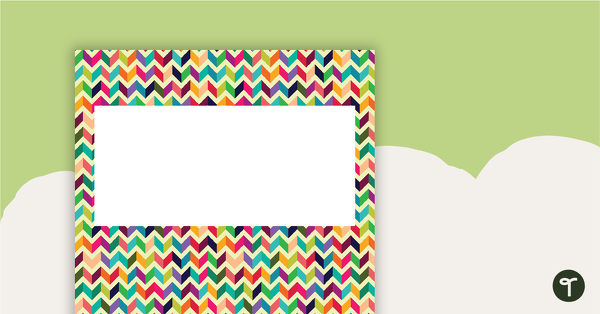

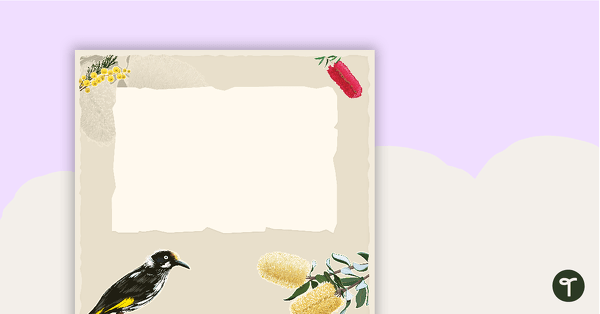
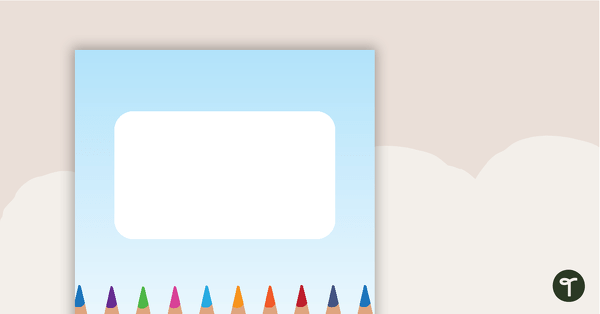
The poster b&w is actually the bookmark file. Can you please upload the poster in a b&w format :)
Hi Naomi! Thank you for your message. We have reuploaded the correct file. Have a great week!